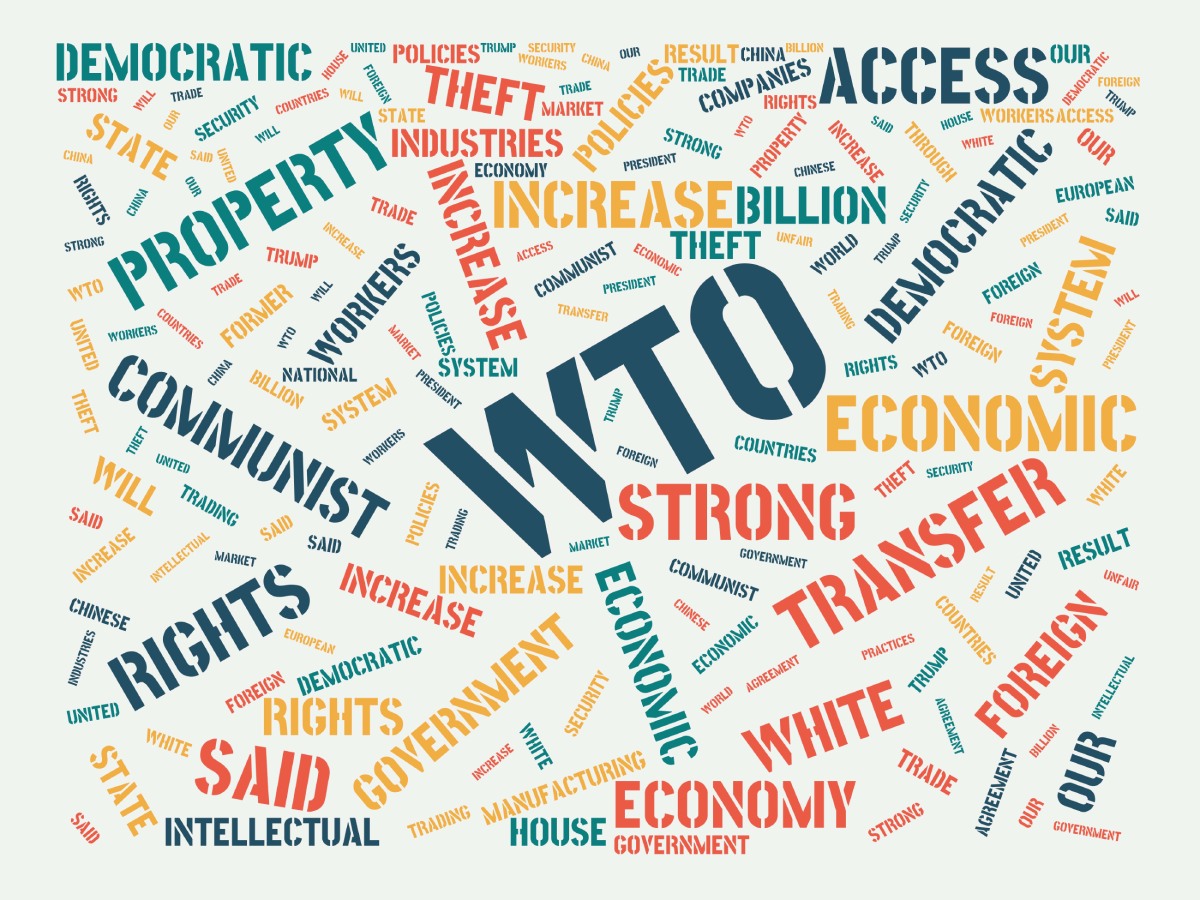Each incumbent in the White House since the entry of PR China into the WTO in 2001 has agonized over the protections provided by the Communist state to intellectual property rights. As China’s capacities increased and as Chinese enterprises continued to operate in an unrestrained fashion, the US Government along with other European countries raised the pressure on Beijing to change its behaviour. They refused to accept at face value Chinese protestations that these actions were compliant with WTO provisions. US responses covered the entire range of domestic law actions, bilateral pacts and approaching the WTO. A study of these actions, with the benefit of hindsight, shows it was lacking in both scope and determination. US President Donald Trump’s efforts which sparked the trade war has been the most dramatic and effective till date. Both US and China agree that their IPR differences are fundamental in nature and will be addressed in its entirety in the second phase. In this regard, the cat and mouse legal games being witnessed in the case of Huawei and its 5G ambitions deservec scrutiny. Simultaneously the Trump Administration has doubled down on the WTO and reduced its dispute settlement body into a pale shadow of its original self. India is also a target of US actions on the IPR front, albeit of a lesser degree compared to PR China. WTO case law is instructive and there are lessons to be learned even outside of the US-China trade dispupte framework. In terms of the impact of the US-China IPR differences on India, three broad dimensions can be identified. The first one pertains to the WTO regime and other regional trade arrangements. Second, India needs to brace for further action at the WIPO and on the larger question of what US withdrawal from multilateral bodies means for the rest of the international community. Thirdly, Indian Government and companies need to try and leverage the opportunities that maybe created by China’s reforms in the IPR fieldincluding the Pilot Free Trade Zone at Shanghai.
Download Full Research Paper
This paper is also published in AALCO journal.












